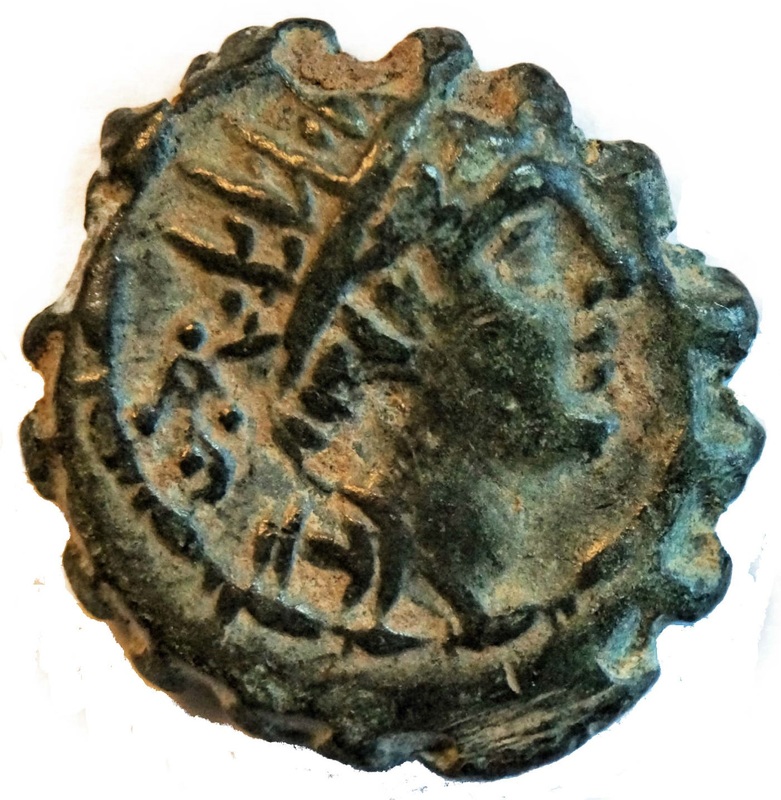|
A FRIEND RECOMMENDED an audio book series from The Great Courses series over lunch the other day. The lecture series is called The World Was Never the Same: Events That Changed History. by J. Rufus Fears at the University of Oklahoma. As my friend described it, the course reviews history through events, like the discovery of America by Christopher Columbus, that dramatically changed the course of human events. The most recent event treated was 911 and all the changes it has brought about in lives around the world. Most would agree that 911 changed the world as we knew it. I think, my friend continued, that the line in the sand President Obama drew in 2012 and failed to back up may become the next event that changed history when people look back on our time. Since then, he noted, the war in Syria has become unconventionally brutal with chemical weapons, bombing of civilians and health care facilities with the resulting destruction of a nation state that has sent unprecedented numbers of immigrants fleeing into Europe. If you watch the news, you know much of the rest. Turmoil in the Middle East, ISIS exporting terror throughout Europe and beyond, budget strains and humanitarian crisis throughout Europe followed by rising nationalism that fueled BREXIT and the rise of an electorally significant right wing party in Germany for the first time since World War II. Unsettling stuff, to be sure. But what is a line in the sand? And, where did the phrase come from? First, to set the record straight, there was no Obama "line in the sand" in 2012. He drew a red line instead. In a press conference on August 20,2012 President Obama stated: "We have been very clear to the Assad regime, but also to other players on the ground, that a red line for us is we start seeing a whole bunch of chemical weapons moving around or being utilized. That would change my calculus. That would change my equation. . . . We have communicated in no uncertain terms with every player in the region that that’s a red line for us and that there would be enormous consequences if we start seeing movement on the chemical weapons front or the use of chemical weapons. That would change my calculations significantly." This was followed by the use of chemical weapons in Syria without an American response calling into question America's resolve and, some believe, accelerating the escalation in the horrible violence and war crimes that have engulfed Syria and the Middle East.
So, where did the line in the sand originate? One candidate, the recipient in this case, is identified on the coin above. Antiochus IV was the Seleucid Emperor who ruled a vast empire to the east of Rome that included Syria. In 168 BC, he launched a campaign to annex Alexandria to his conquest of Egypt. He had successfully subdued the remaining part of Egypt in a preemptive strike in 170 BC. This second campaign, however, was thwarted before it could reach the city. Roman Senator Gaius Popillius Laenas confronted Antiochus and demanded he withdraw or face war with Rome. While Antiochus was stalling for time, Laenas drew a circle around him in the sand and demanded a decision before Antiochus left the circle. The Seleucid Emperor conceded and the phrase "line in the sand" came into being. Wikipedia describes both the red line and the line in the sand as figurative points of no return or as limits beyond which safety can no longer be assured. A poker player might call it a bluff, at least when it is not backed up with action. And, of course, that's always the question when someone draws a line. Is it really a bluff? Was Laenas' line in the sand a bluff? We will never know. The Syrian he was facing did not challenge his threat, choosing instead to retreat and leave Alexandria alone. Image courtesy of the Ancient Selfies Collection. Coin front of Antiochus IV, Seleucid Emperor, 175 to 164 BC. More about Antiochus and other ancient rulers in Ancient Selfies: History Revealed Through The World's First Social Media to be published later this year. The venture moola blog comes to you from Atlanta, Georgia. Find it at readjanus.com. Copyright Clinton Richardson.
Comments are closed.
|
the blog
Travel, history, and business with original photos.
your hostClinton Richardson - author, photographer, business advisor, traveler. Categories
All
Archives
July 2023
Follow us on Facebook
|
Check out Ancient Selfies a 2017 International Book Awards Finalist in History and 2018 eLit Awards Gold Medal Winner and
Passports in his Underpants - A Planet Friendly Photo Safari a 2020 Readers' Favorite Winner in Nonfiction
Site Copyright 2024 by Clinton Richardson

 RSS Feed
RSS Feed